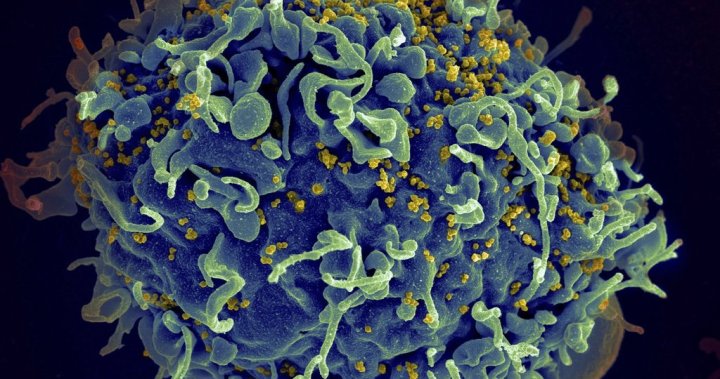The years of US-led investment in the AIDS program have reduced the number of people killed by illness to the lowest level seen in over 30 years, providing life-saving medicines for the world's most vulnerable people.
However, the sudden withdrawal of US funds over the past six months has caused a “systematic shock,” UN officials warned, adding that if funds are not replaced, it could lead to over 4 million AIDS-related deaths and six million HIV infections by 2029.
“The current wave of funding has already become unstable, leading to the closure of health facilities, staff closures, leaving thousands of clinics without staff, retreating prevention programs, hampering HIV testing efforts, and many community organizations have reduced or stopped HIV activity,” Unaids announced Thursday.
UNAIDS also said it fears that other major donors may reduce their support and reverse decades of advances against AIDS around the world.
The $4 billion that the US pledged to a global HIV response in 2025 effectively disappeared overnight when US President Donald Trump ordered all foreign aid to suspend all foreign aid in January and later ordered US aid agencies to move to the shutters.
Andrew Hill, an HIV expert at the University of Liverpool, said that while Trump has no connection to the United Nations, “responsible government can give advance warnings and plan.”

The US President's Emergency Plan for AIDS Relief, or Pepfer, was launched in 2003 by US President George W. Bush.

Get weekly health news
Receive the latest medical news and health information provided every Sunday.
UNAIDS said the programme is called the “lifeline” of countries with a high HIV rate and supports 84.1 million tests and 20.6 million treatments, among other initiatives. According to Nigerian data, Pepfar also funded 99.9% of the budget for drugs collected to prevent HIV.
In 2024, UNAIDS estimates there were around 630,000 AIDS-related deaths worldwide. After peaking in 2004 with around 2 million deaths, the figures remained roughly the same since 2022.
Even before US funding cuts, advances in HIV control were uneven. UNAIDS said half of all new infections are in sub-Saharan Africa.
Borderless charity Tom Elman said some poor countries are now moving to fund their own HIV programs, but it's impossible to fill the gaps left by the US.
Erman, a doctor without borders and without medical units in South Africa, said:
Trend now

Supports most trades as Canada is directly aimed at selling alcohol from consumers to consumers

Quadeville Attack: “Miracle” Ontario Children Survive the Brutal Attack, Police say
Also, experts fear another loss: data. According to Dr. Chris Baylor, director of the Institute of Global Health at Duke University, the United States paid for most HIV surveillance in African countries, including hospitals, patients and electronic records.
“If there's no reliable data on how HIV is spreading, it's going to be very difficult to stop it,” he said.

Uncertainty arises because a study published last year showed that drugs from drug maker Gilead are 100% effective in preventing the virus, resulting in the possibility of double injectable HIV being terminated per year.
At a launch event on Thursday, South Africa's Health Minister Aaron Mossoaredi said the country “will move mountains and rivers and make sure that all adolescent girls who need it get it.”
Last month, the US Food and Drug Administration approved a drug called AIDS Tugo. This was a move that was supposed to be a “threshold moment” to stop the AIDS epidemic, said Peter Mabaldook, a civics group for advocacy group.
But activists like Maebalduk said Gilead's pricing would put it out of reach of many countries where it needs it. Gilead agrees to sell the popular version of the drug in 120 poor countries with high HIV rates, but excludes almost all of Latin America, where rates are much lower but increasing.
“We can end AIDS,” Maebalduk said. “Instead, the United States is abandoning the fight.”
More Video Details
& Copy 2025 Canada Report

